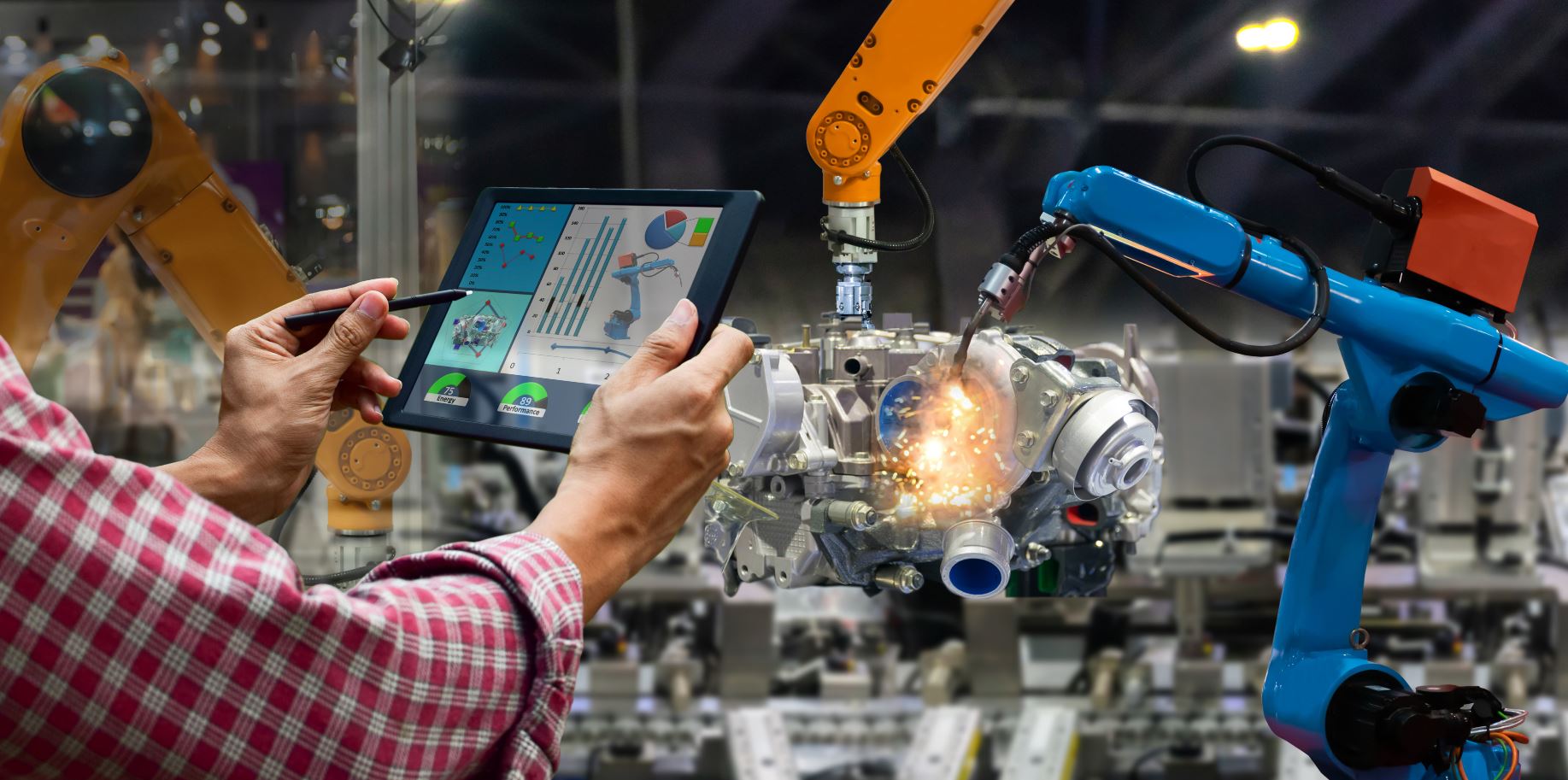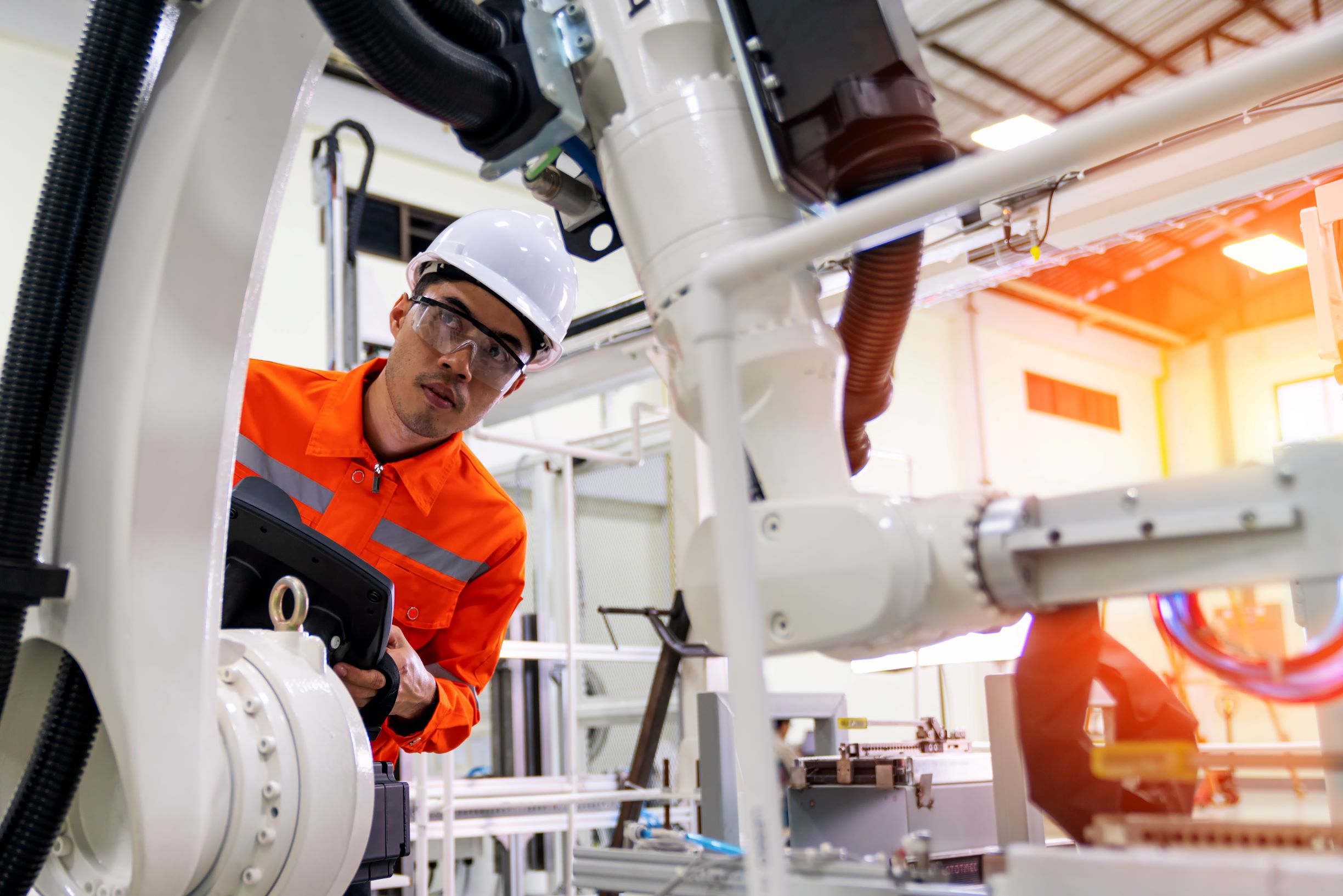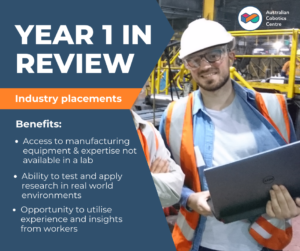The Innovative Manufacturing CRC (IMCRC) is coming to a close at the end of the year and to celebrate, they held a project showcase to highlight the successful outcomes of over 40 collaborative manufacturing R&D projects they have funded over the years.
Our researchers, Mats Isaksson and Jared Donovan were in attendance to celebrate the IMCRC’s achievements and showcase the outcomes of the projects they led through the IMCRC.
🌟 Jared Donovan from QUT (Queensland University of Technology) led the “Design Robotics for mass custom

isation manufacturing” project which was a collaboration between UAP | Urban Art Projects, QUT (Queensland University of Technology) and RMIT University. The project used innovative robotic vision systems and software user-interfaces to reduce the integration time between design and custom manufacturing. The team integrated the systems with industrial robots and improved the manufacture of high-value, complex products in time and cost.
The project also won the CRC Association’s 2020 Award for Excellence and led to the formation of our industry partner, ARM Hub (Advanced Robotics for Manufacturing).
Other Australian Cobotics Centre researchers involved in the project included: Glenda Caldwell, Jonathan Roberts, Cori Stewart and many more!

🌟 Mats Isaksson from Swinburne University of Technology led the Tradiebot project which was an industry collaboration with Tradiebot , supported by AMA Group. The project used 3D printing technologies in conjunction with novel polymer material solutions to enable a low cost rapid repair service for automotive plastic trim and assembly components.
In plastic repairs for automotive collision repair services, the ability to rapidly manufacture an integrated replacement part directly on the damaged component will reduce repair cost, time, waste and environmental impact.
Read more about the projects:
🤖 Design Robotics: https://lnkd.in/ghzGcu6D
🚗 Tradiebot: https://lnkd.in/gavUsx5m
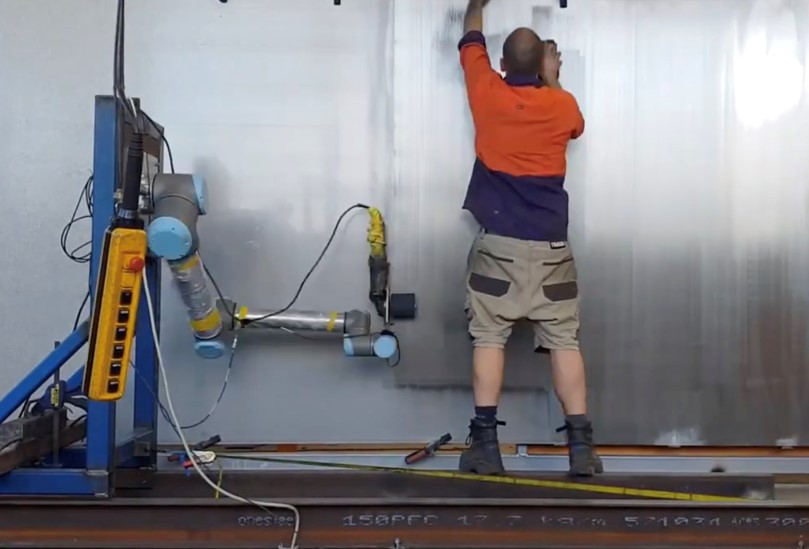
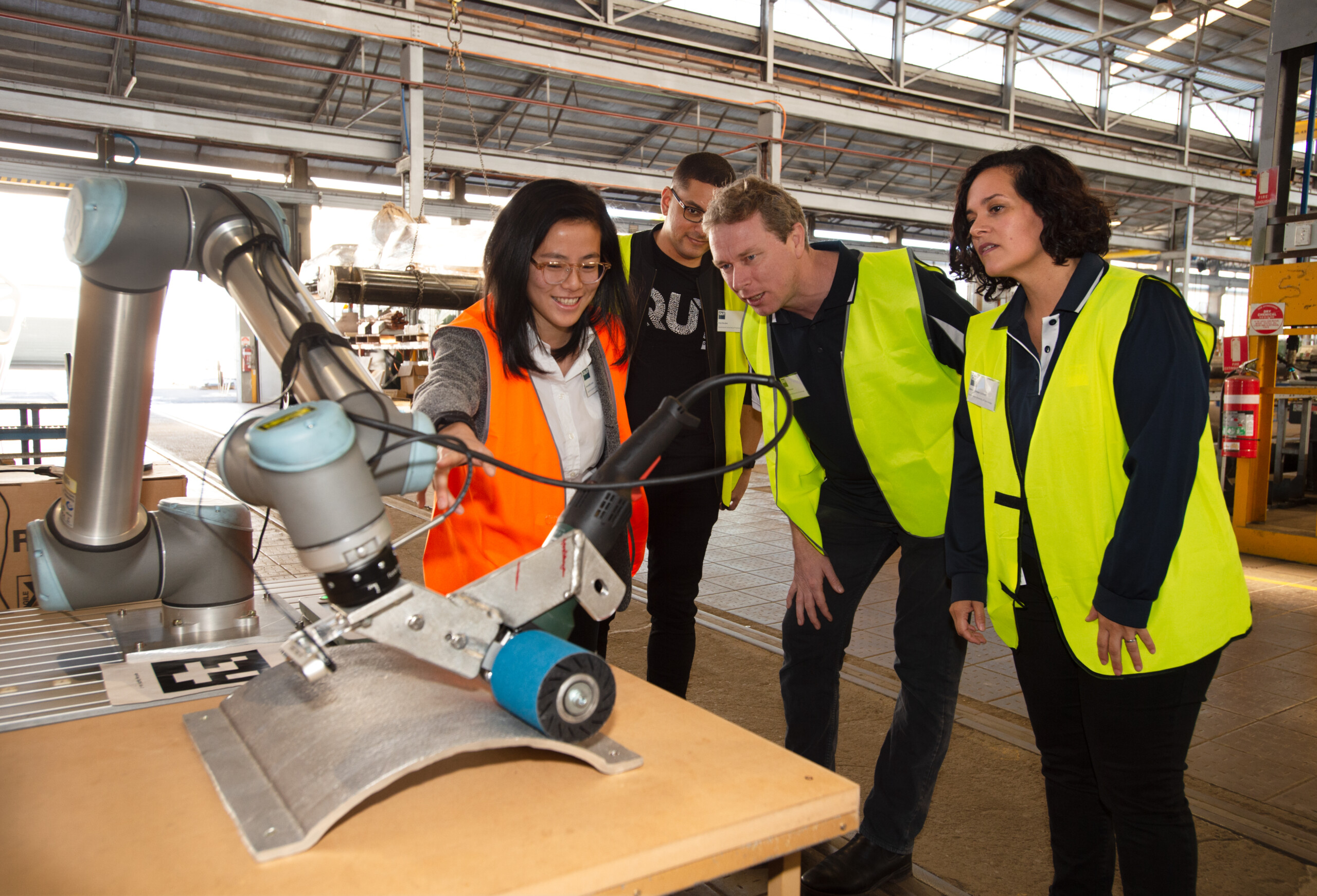


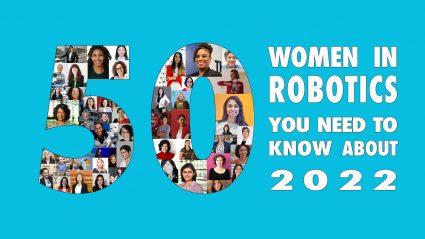




 Dr
Dr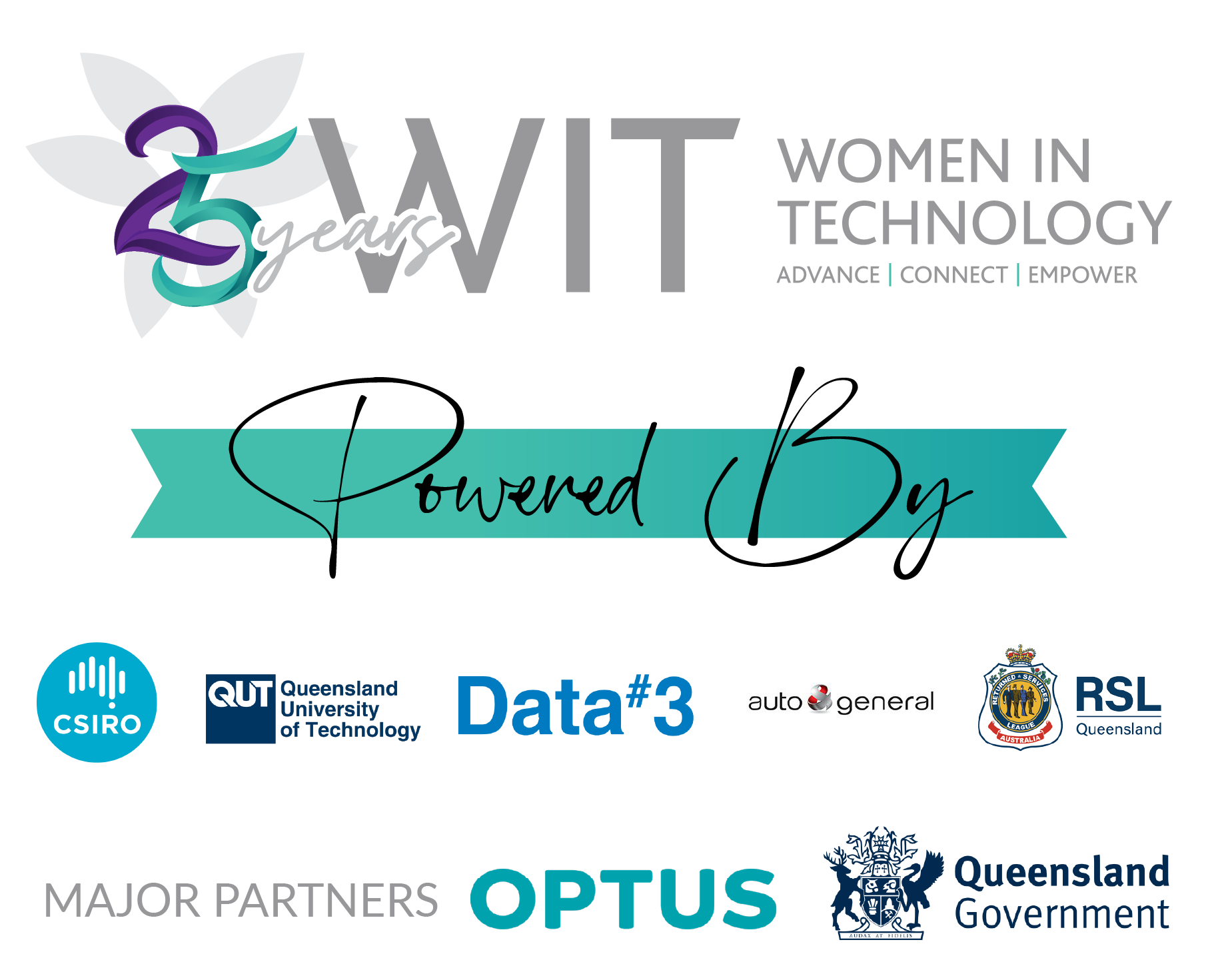
 Associate Investigator, Dr
Associate Investigator, Dr 